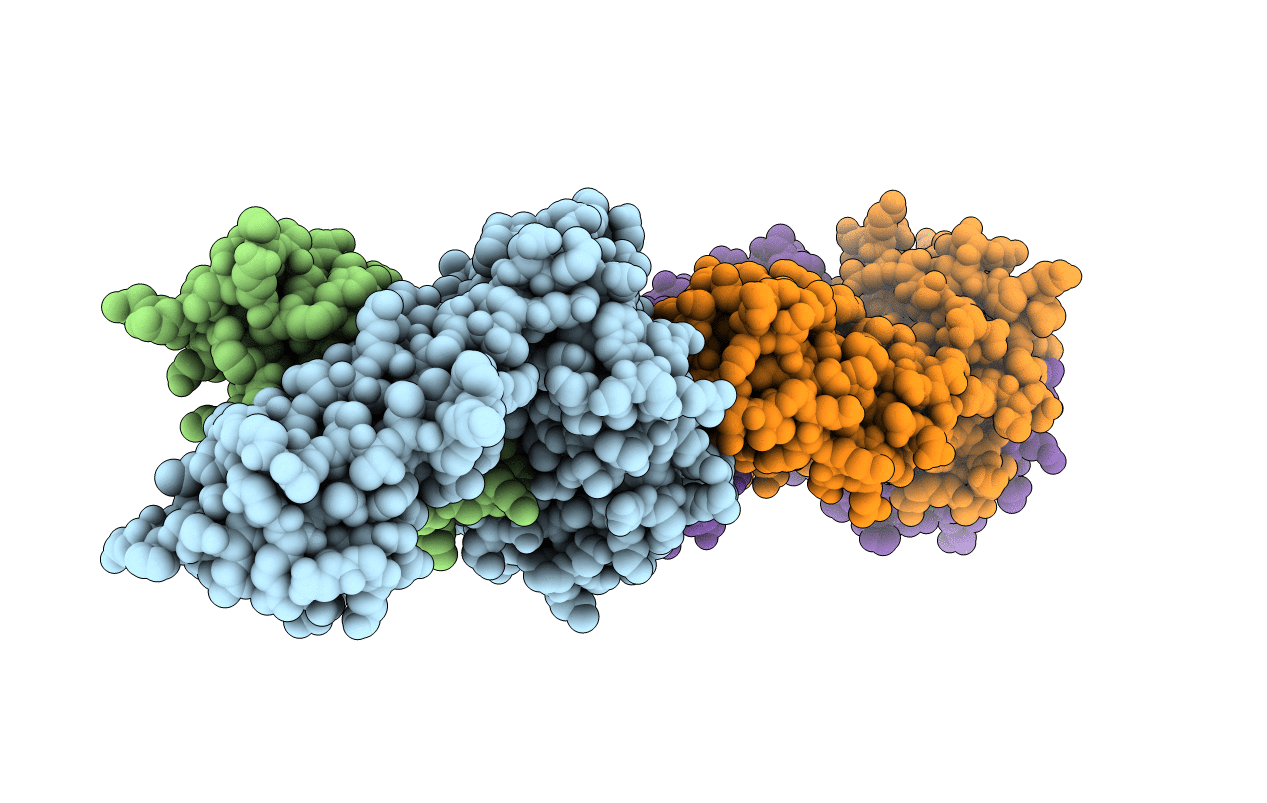
Deposition Date
2016-09-23
Release Date
2017-09-27
Last Version Date
2024-11-13
Entry Detail
Biological Source:
Source Organism:
Homo sapiens (Taxon ID: 9606)
Influenza A virus (Taxon ID: 11320)
Influenza A virus (Taxon ID: 11320)
Host Organism:
Method Details:
Experimental Method:
Resolution:
1.70 Å
R-Value Free:
0.22
R-Value Work:
0.19
R-Value Observed:
0.19
Space Group:
P 1 21 1


